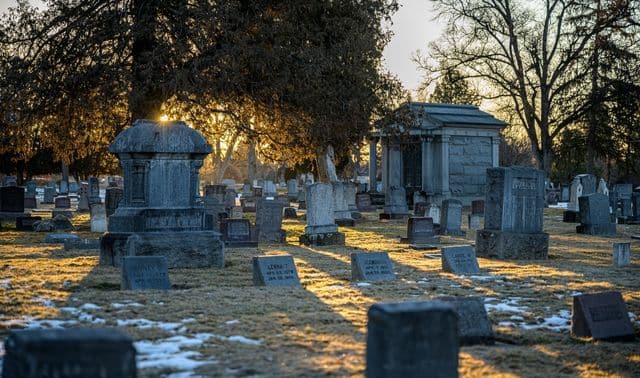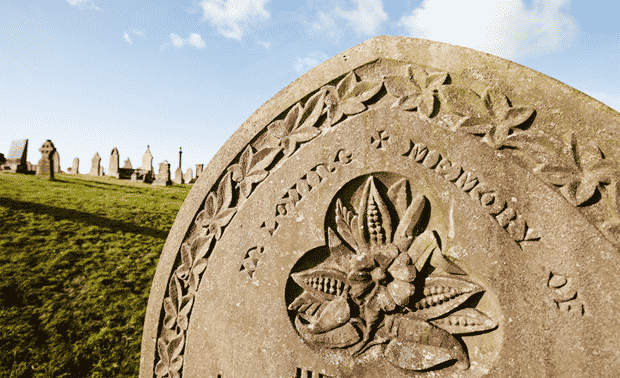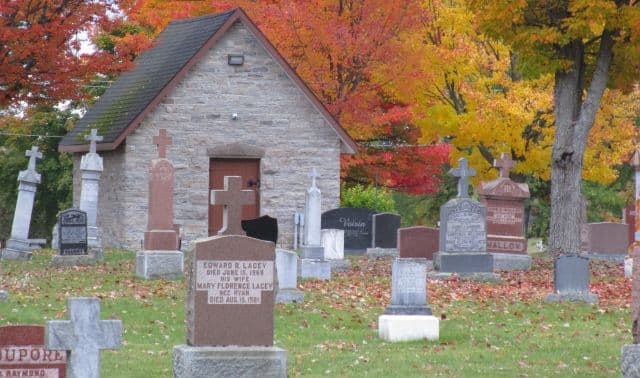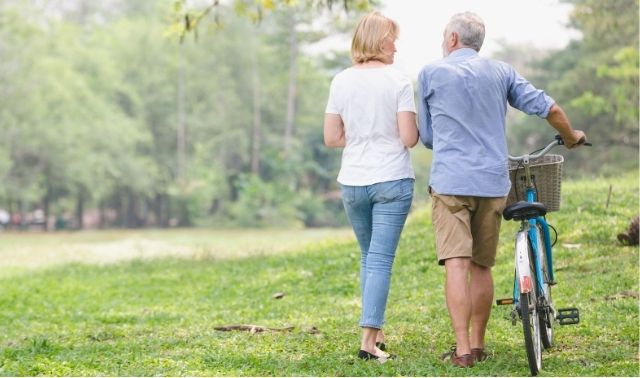Sign up for the Family Tree Newsletter! Plus, you’ll receive our 10 Essential Genealogy Research Forms PDF as a special thank you.
Get Your Free Genealogy Forms
"*" indicates required fields

Q: I’ve been trying to find more about the low wooden structures built over some graves in mostly (or only?) Southern cemeteries.
A: Grave houses, also called a grave shelters, were common in the South, especially Appalachian areas, to protect loved ones’ graves from the elements and grave robbers. They usually resemble small houses with peaked roofs, and could be made of logs, lumber, stones or brick. Some grave houses were open sided, like the one in this Melungeon cemetery.
Sometimes a single house may have sheltered more than one grave, such as the Airmount Grave Shelter, built in 1853 in the Airmount Cemetery near Thomasville, Ala.
According to Tennessee GenWeb, a grave house is different from a mausoleum: “The grave house is built over an ‘in earth’ interment, while in the mausoleum the bodies are above ground, often being placed in a alcove in the walls.”
Answer provided by Diane Haddad
Q. My grandma once told me a gravestone facing the opposite way of all the others in the cemetery indicates that person committed suicide. Is this true?
A: Cemeteries follow different traditions, but if a person who committed suicide were to be ostracized after death, it’s more likely that the body would be buried apart from others. According to the Association for Gravestone Studies, the north side of a cemetery was often considered less desirable, so suicides might be buried there along with paupers, slaves, members of minority religious sects and the unidentified deceased. Suicides also were sometimes buried upside-down, with the head vertically below the feet, as a post-mortem punishment; this required considerably deeper digging and, of course, is impossible to check without excavation.
Rather than a suicide, you might find that someone buried the opposite way is actually a minister. Many church graveyards were laid out east-west, with the head at the western end of the grave, to be facing the risen Christ on Judgment Day. But the minister was sometimes buried with his head at the eastern end of his grave so he’d be facing his flock at the time of Resurrection.
The rural cemetery movement, which began in the 1830s, diminished the role of church-administrated cemeteries and made cemeteries a fashionable place for recreation. These parklike cemeteries placed a high emphasis on landscape and design and might arrange their headstones to fit the contour of the terrain, following up and down hills or taking advantage of attractive vistas, rather than adhering to a strict east-west orientation.
Answer provided by David A. Fryxell






